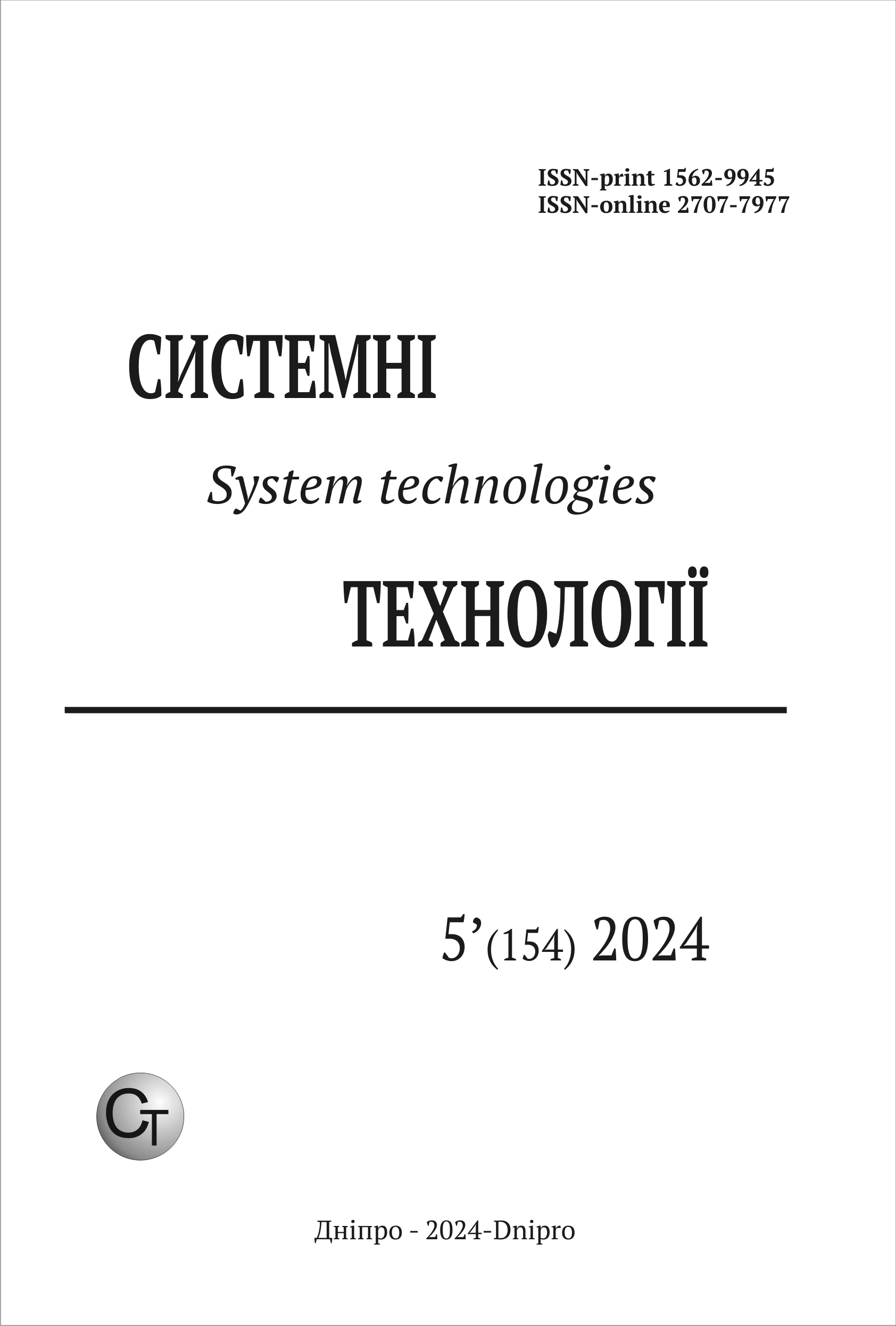Development of software for automating calculations during the analysis of hydrogeochemical data
DOI:
https://doi.org/10.34185/1562-9945-5-154-2024-12Keywords:
hydrogeochemical monitoring, hydrogeochemistry, software, software application, database, class diagram, C#, MySQL, reporting.Abstract
Analysis of recent research and publications. Modern research in the field of hydrogeochem-istry is actively focused on using the latest technologies for analyzing and predicting water quality. One study[2] assessed the risks of arsenic contamination in groundwater in Vehari, Pakistan, using mathematic calculations to predict arsenic levels. Another study[3] dealt with assessing groundwa-ter quality in Bangladesh using the water quality index. These and other studies highlight the grow-ing need for automating data processing and implementing active use of software applications for calculations, reporting, and storing results for further groundwater analysis. Modern approaches to hydrogeochemical research include using software tools such as AQUACHEM[5] to facilitate data collection and analysis. However, such tools are often large corporate products that are not free, and their use by small laboratories and researchers may be impractical from a cost perspec-tive. Research purpose. The primary purpose of this article is to develop a software application for automating the processing of hydrogeochemical data and increasing calculations speed and time-spending efficiency during report preparation, as well as creating a flexible data storage system with extensive modification capabilities. Presentation of the main research material. The developed software application consists of several key components: DataSource. A class that defines the data source and provides methods for adding, delet-ing, retrieving, and modifying types of water metrics, as well as working with water quality proto-cols. IDataSource. An interface that defines the contract for the DataSource class, listing the methods that any class working as a data source must implement. WaterQualityProtocolGeneratorUI. A user interface class used to generate water quality reports. It contains methods for calculating certain fields, generating reports, and saving reports. Mediator. A class that acts as a mediator to ensure interaction between different system components. IMathModule. An interface that defines mathematical methods such as calculating bicar-bonates and the calcium to sodium ratio. MathModule. A class that implements the IMathModule interface and contains the speci-fied mathematical methods. IReportGenerator. An interface for generating reports with the GenerateReport method. DocxReportGenerator and RtfReportGenerator. Classes that implement the IReportGen-erator interface for creating reports in DOCX and RTF formats, respectively. The application supports modularity, allowing for the addition of new modules to extend func-tionality. For example, the report generator module is responsible for creating reports based on templates and saving them to the specified location on the disk. The data storage module manages historical measurements, enabling the generation of reports as needed and the development of new modules for data analysis and prediction. Conclusions: The developed software application speeds up work with hydrogeochemical re-porting, allowing data to be entered in a user-friendly interface. It is also flexible for application and future improvements thanks to its modular architecture. The formatted reports can be analyzed and stored in the database for further use. The tool lays the foundation for optimizing work with hydrogeochemical data. Its primary goal is to automate routine tasks and simplify data processing, but it also creates a platform for in-depth analysis in the future. With the convenience of storing and processing information, scientists will be able to work more efficiently with the data, identify new trends, and conduct comprehensive analysis. Given the constant development of technology and the growing needs of the research commu-nity, the potential for expanding and adapting this tool for other fields is quite high. Innovative so-lutions contribute to increasing the efficiency of scientific activities and stimulate the development of hydrogeochemistry.
References
Osika V. F., Kravchenko M. S. Quality of measurements of the composition and properties of environmental objects and their sources of pollution: monograph // Kyiv: auka. — 2001.
Iqbal J. et al. Hydrogeochemistry and prediction of arsenic contamination in groundwater of Ve-hari, Pakistan: comparison of artificial neural network, random forest and logistic regression models // Environmental Geochemistry and Health. — 2024. — Vol. 46. — No. 1. — P. 1—25.
Uddin M. G. et al. Assessment of hydrogeochemistry in groundwater using water quality index model and indices approaches // Heliyon. — 2023. — Vol. 9. — No. 9.
Bashir, E., et al. Shallow Groundwater Quality Assessment and Its Suitability Analysis for Drinking and Irrigation Purposes // Water. — 2021. — Vol. 13. — No. 23.
AQUACHEM. [Electronic resource]. — Access mode: https://www.aquachemme.com/
Downloads
Published
Issue
Section
License
Copyright (c) 2024 System technologies

This work is licensed under a Creative Commons Attribution 4.0 International License.















